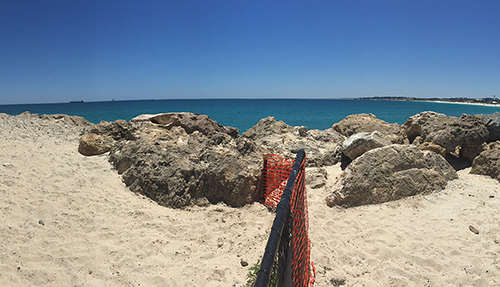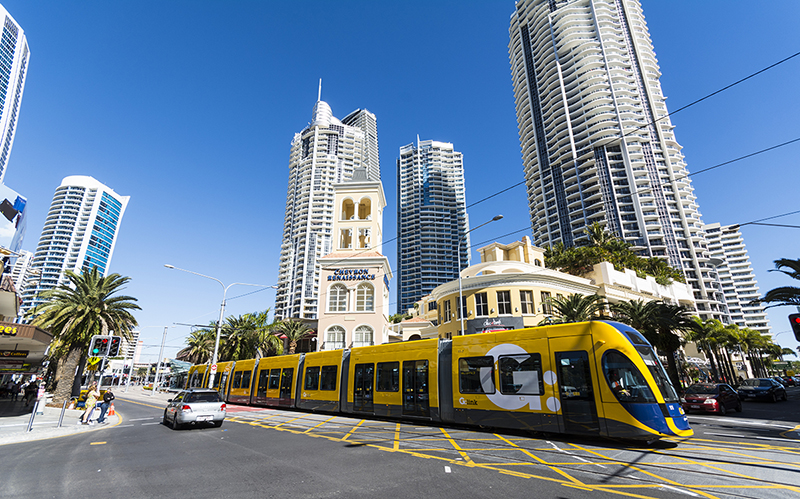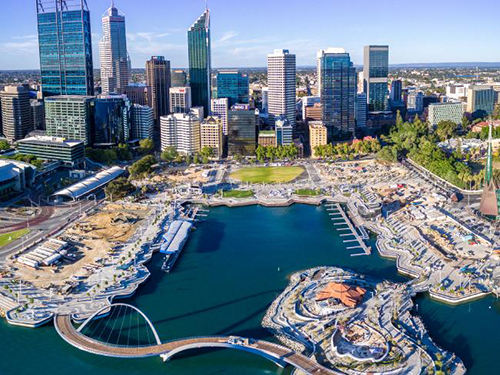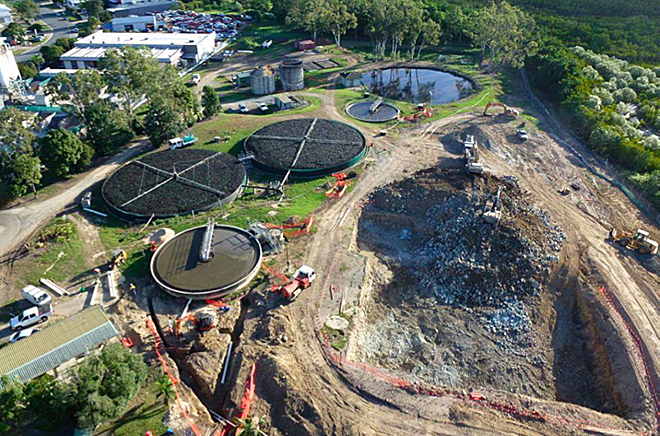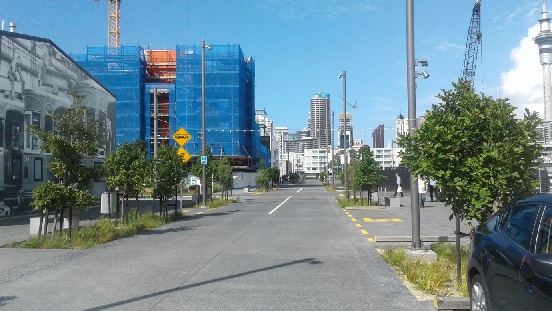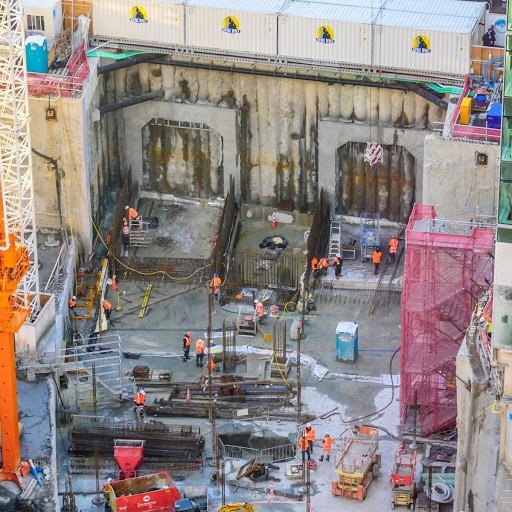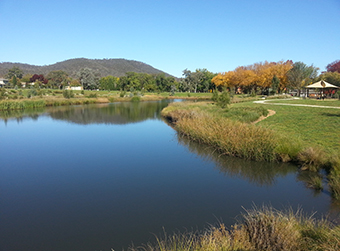Rating Highlights:
Management systems
- Well defined and integrated sustainability management system
- CRL communications framework outlines a requirement for an annual sustainability report which will detail performance on the Infrastructure Sustainability Rating, zero waste to landfill, engagement with Mana Whenua, calculating a carbon footprint and materials monitoring. This will be distributed to the public during August 2016.
- Sustainability reporting and management will be reviewed by the Community Liaison Group.
- The CRL Infrastructure Sustainability Management Plan and Sustainability Communications Framework includes provisions for sharing sustainability knowledge within the project team, wider AT, external stakeholders and general public, initiatives include; internal knowledge sharing database, public website on sustainability aspects, CRL sustainability forums, conference papers and presentations.
- Decision making guidelines have been developed for the project. These guidelines align with the Man-8 credit criteria and clearly demonstrate an intention to consistently apply sustainability throughout decision making across the whole CRL project.
Climate Change
Level 2 verified for Climate change risk and adaptation.
A comprehensive risk assessment process was completed for the broader City Rail Link project. Specific adaptation measures have been identified at a package level and have been implemented through the design process:
- Damage to track equipment from saltwater: design altered to accommodate
- People fainting in trains / at stations as a result of increased temperatures. Currently natural ventilation with some forced fresh air (e.g. piston effect of trains). Future proofing for passenger screen doors (PSDs) cooling and ventilation -space provision for required plant and ducts as well as electrical capacity. Currently natural ventilation with some forced fresh air (e.g. piston effect of trains pushing in air at K-Rd). Future proofing for passenger screen doors (PSDs) cooling and ventilation -space provision
Energy
Level 3 verified for Energy and Carbon reduction
The modelling shows a reduction in Scope 1 and Scope 2 emissions by 25.73% over the infrastructure’s life-cycle, with no emissions from land clearing. The initiatives that are predicted to reduce emissions are (in order of importance):
- Station plant efficiency
- Removal of radiant heating in the station
- Energy saving modes added to the escalators
- Motion and daylight sensors for the station lighting
- Switching from diesel generators to grid electricity during construction
- Changes to piling methodology
- The use ofbio-diesel
The modelling includes significant Scope 3 emissions as laid out in the methodology section of the report. The most significant source is electricity line losses, mostly during operation, but also during construction. There are also scope 3 emissions expected from the haulage of waste from site. The modelling shows the reduction in Scope 3 emissions is predicted to be 24.65%, resulting in an overall reduction for Scope 1-3 during delivery and operation of 15,082 tCO2e, equating to a 25.64% decrease in GHG emission
Water
All significant water uses were modelled, and an audit was undertaken of the existing water use at the station
The water use report shows that the initiatives planned will result in a 52.6% reduction in water use over the lifecycle of the asset, with a 19.8% reduction achieved during construction, and 52.9% during operation.
During construction the largest savings are projected to come from the changes in construction methodology that requires less jet grouting, reducing the projected water used for this by 41%. Smaller, but still useful savings are projected to come from changes in piling (27% reduction), the bentonite plant (19%), and the reduction in wheel washing (11%) that results from fewer materials needing to be transported to and from site due to the changed piling methodology.
For operation, the opportunity to improve the efficiency of the (very busy) public toilets in the station is expected to provide the greatest savings, with a 64% reduction from the existing toilets, which an audit found are operating well outside their specification. Although the greatest absolute savings are expected to be achieved through the replacement of the public flush toilets, which the audit found were using almost 12 litres of water per flush, the largest projected relative savings, at 81%, come from the upgrade of the urinals. The new urinal specification is expected to deliver these savings because, being WELS 6 rated urinals, they use less water per flush (0.8L vs 2.4L, a 66% saving) and they use motion sensors, so are expected to flush less often compared to the existing urinals which flush every two minutes. It should be noted that usage, which affects the percentage saving attributable to the motion sensors, is estimated based on observed usage (peak and off-peak during the audit), and so has less certainty than the saving resulting from the reduction in water use per flush. We nonetheless believe it to be a reasonable estimate, and being only 8% of the total water used, any inaccuracies in this assumption will not have a material impact on the overall saving. The staff facilities provide a more moderate saving at 17%, whilst no saving is projected for the retail areas (whose water use is outside the control of the station managers), or for the urban realm tree watering and cleaning.
Discharges to Air Land and Water
Level 3 verified for Water Quality, Noise, Vibration and Air Quality credits.
This will be confirmed throughout construction.
Waste Management
Full score verified for Was-1 Waste Management
The project has a target of zero waste to landfill.
Stakeholder Engagement
Full points achieved for Sta-2 Level of Engagement
The criterion was met by consulting with stakeholders via open days, newsletters, CRL Design Roadshows (13 suburbs through Auckland), one-on-one meetings, presentations and the website as per the Construction Communication Consultation Plan (CCCP). Specific negotiable and non-negotiable issues are highlighted on the website and during open days.
The criterion was met by involving the local community in the design of the environmental management plans. Draft plans were written and provided to a community liaison group (CLG) to review as residents and businesses in the area. All comments from the community were reviewed and either used to amend the plan or provided with a reason why they were not included in the plans. Negotiable and non-negotiable issues were explained during the CLG meetings.
The criterion was met by collaborating with Mana Whenua (Māori who have tribal links to Auckland). Working with Mana Whenua makes the CRL a unique project by incorporating culture and history in station designs and public space.
Innovation
World First Innovation: Embedding cultural values within a sustainability rating framework.
This initiative and the inclusion of cultural values has been crossed checked with other international rating schemes. It has been confirmed that this is a first.
The work undertaken, collaborating with Mana Whenua to embed Māori cultural values across the IS framework includes the following outcomes:
- has transformed a select number of IS credits to address the cultural values of Mana Whenua,
- are raising the knowledge base of our client team and contractors and
- are responding to the cultural values of Mana Whenua in the delivery of CRL.

